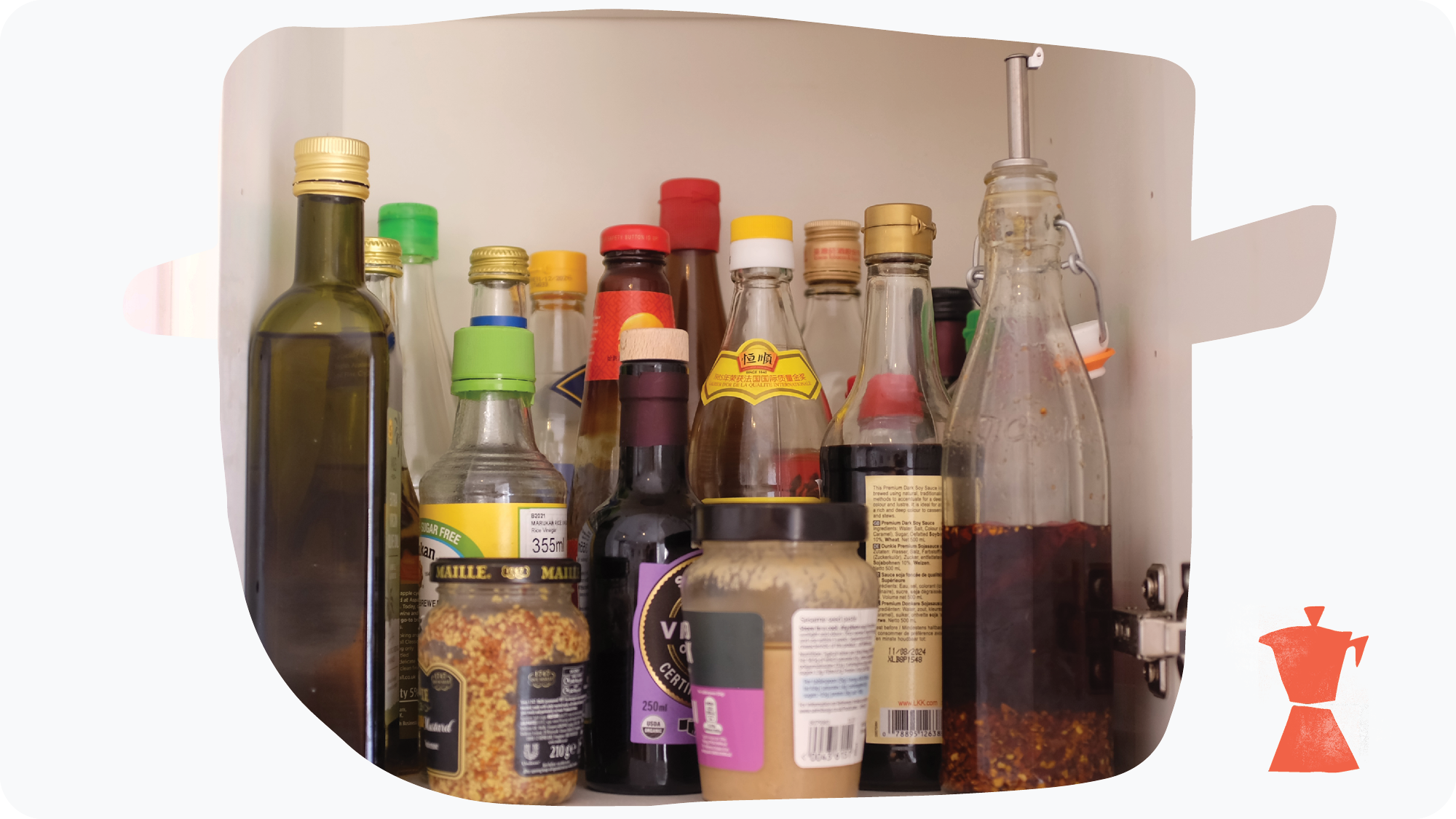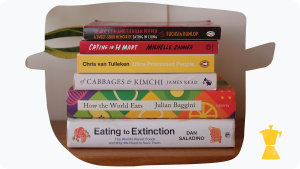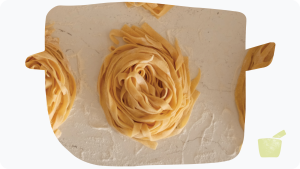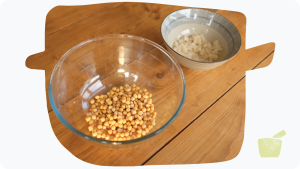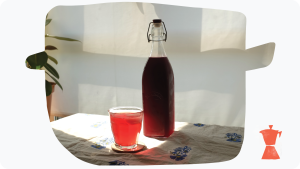All I wanted was some dan dan noodles, now I’m wondering what else is concealed in plain sight.
The other day I was looking for a vegetarian noodle dish to make for dinner and stumbled across Meera Sodha’s recipe for ‘ben ben noodles’ in her fusion cookbook East. This fit the bill perfectly as a vegetarian twist on Sichuanese dan dan noodles (a personal favourite). I fired up the hob and got cooking.
Allow me a second to describe the noodles, as they were truly excellent. A creamy sauce balances the rich, salty sesame taste from a mix of tahini and soy sauce with the earthiness of chinkiang vinegar and spiciness of chilli oil. Sprinkled over the noodles the topping – made mainly from shiitake mushrooms, sichuan peppercorns, pickled gherkins and shaoxing wine – adds a crunchy layer of umami punctuated by the vinegary sharpness of the pickles and trademark tingling spice of sichuan peppercorns. There’s a real depth of flavour, and it’s a wonderful veggie take on a dish that’s traditionally served with minced pork or beef.
One word in that description probably stands out to anyone familiar with Sichuianese cooking, however: does that say tahini? What’s a Middle Eastern ingredient doing in a traditional dish from Western China?
What’s in a name?
I confess I felt the same confusion even while dutifully mixing 3 tablespoons of tahini into the sauce. Trusting that Meera wouldn’t lead me astray (but also wondering if she’d pushed things a little too far) I followed the recipe to the letter.
Then I tasted the noodles, and suddenly everything made sense.
Sesame paste is a central ingredient in dan dan noodles, and tahini is simply a word to describe a specific variety of sesame paste. The instant my tastebuds detected the nutty sweetness of sesame in the noodles I realised that my mental associations with tahini (hummus, baba ganoush, refreshing salads) had stopped me thinking about what it actually is. To me a jar of tahini was a singular product, not a combination of ingredients that give a specific flavour.
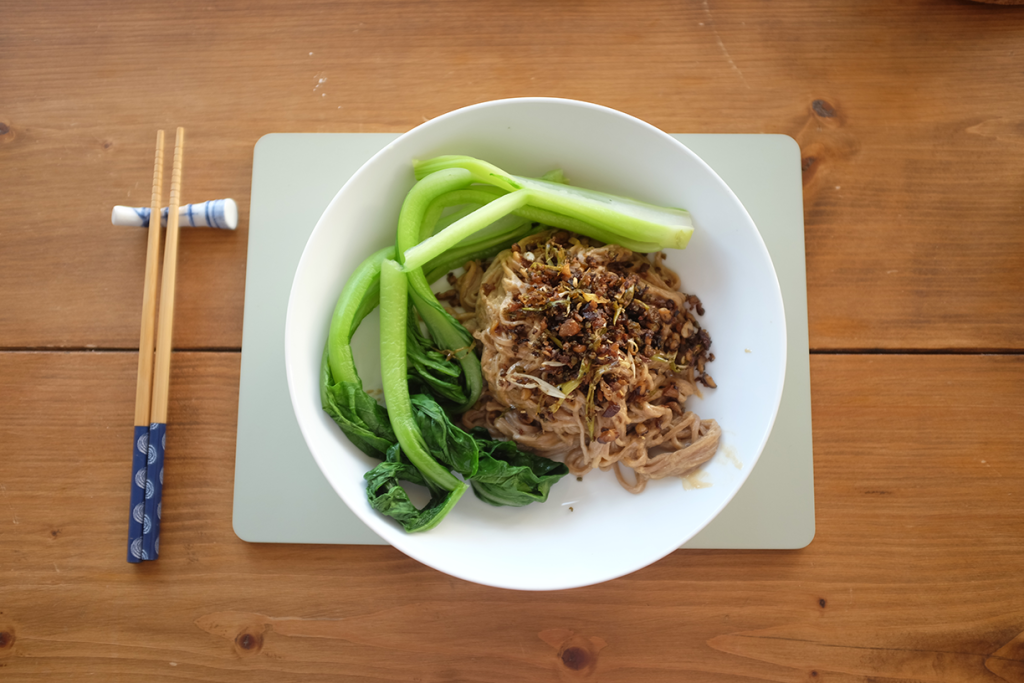
Reflecting on this further, tahini’s inclusion in this recipe made even more sense. As East is a cookbook primarily aimed at the UK and other Western markets I can see the logic of putting this in the ingredients list rather than sesame paste. Tahini’s use in Mediterranean food, along with the Ottolenghification of many people’s kitchen bookshelves over the last 15 years means that tahini is an ingredient more likely to be found in a UK fridge than sesame paste (as was the case with me), and easy to acquire from a supermarket if needed.
Open tahini
With the first mouthful of noodles, my initial confusion transformed into a reflection on the way we categorise and name ingredients. It dawned on me that I am often quite incurious about what goes into making sauces or pastes that I may use when cooking: what are the other ingredients of nduja paste apart from sausage? Suddenly, like Ali Baba, I found a door swinging open in response to sesame.
Other similar culinary realisations started to link themselves together in my mind, with two instances sticking out in particular. Let me tell you of cakes, condiments and leafy greens.
A curious cake-enhancer
Most prominently I thought of my Great Aunt Kate’s chocolate sponge cake – the lightest and most delicious cake I have ever eaten. Nobody has ever been able to replicate it properly, but my mum tells me that she was once let in on the secret ingredient that created each cake’s perfect fluffy texture: mayonnaise.
I know, disgusting right? But when you think about it is this not, to coin a phrase, a tahiniesque situation? Many recipes will tell you that in order to make the moistest possible sponge cake, it’s best to use some vegetable oil as well as butter. As mayonnaise is simply a mixture of egg yolks and vegetable oil, Great Aunt Kate starts to look a little less bonkers for adding some into her delicious chocolate sponge cakes.
It is important to emphasise here that mum failed to get the ratio at which mayonnaise was added into the cake mixture, so I can give no proper guidance on that front and anyone experimenting with mayo-cakes in light of this article does so at their own risk (let me know if it works though).
Making ‘greens’
Tahini and mayonnaise both take simple ingredients (sesame, eggs, oil) and turn them into something new – something that conceals these ingredients unless you care to see beyond the label. But it’s equally interesting to think about what happens when this equation is flipped: what if you start with a simple ingredient and have to turn it into something completely new to you? And what if you then feel the need to conceal the ingredients in a similar way?
I was recently volunteering in a community kitchen helping to cook surplus food into free meals, and when our food delivery arrived we found ourselves faced with four crates of iceberg lettuce (we’re talking around 30 whole heads of lettuce). Having to think in the moment and wanting desperately to avoid serving “incredibly lettuce-heavy salad” we set about discussing what we could possibly make.
The thought process I found myself going through was that there are other leafy greens (most notably spinach) which are regularly served wilted with some spices. Was there any particular reason you couldn’t do the same with lettuce? I would never have thought to do such a thing if I was at home or able to go to a shop and buy other ingredients, but with a feeling more of curiosity than confidence I started heating a huge frying pan.
It turns out there is no reason you cannot fry a lettuce. In fact lettuce fried in oil and garlic is actually surprisingly palatable – maintaining a nice crunch but also soaking up flavour in a similar fashion to spinach leaves. It’s not necessarily something I would serve every day, but it made a perfectly respectable side, and I was left with a new appreciation for the possibilities that are open even with only the very simplest ingredients.
We did however assume that the people we were serving would be a bit skeptical about a menu with “fried lettuce” as a side. To solve this we simply called our creation “greens” and it went down a storm (people genuinely requested seconds of just the “greens”). Maybe there is something to be said about concealing ingredients after all.
Final thoughts
The main thing I’m left with after following this tahini rabbit hole is an appreciation for understanding ingredients at their simplest level and seeing the connections they weave through unexpected dishes.
So much of our food landscape is concealed from us these days in 50-strong lists of ingredients on the back of processed foods or simply a lack of curiosity to think about what’s actually in the foods we’re eating (as was the case with me and tahini).
Individual ingredients can tell fascinating stories and reveal previously hidden connections – all you need to do is pay attention to them. Now, if you’ll excuse me, I’m off to read the label on my nduja paste…
